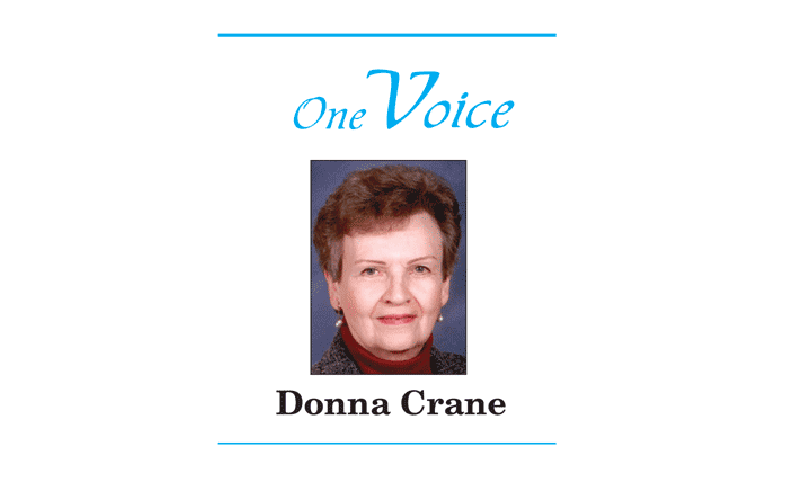
First of two parts
“Yes We Have No Bananas” a Roaring Twenties favorite was witten by Frank Silver and Irving Cohn (1922) and originally sung by Eddie Cantor
Columbia College Music History #3 written by Bill DeMain’s new column, where he explores the real historical events that inspired various songs. “Music History” appears twice a month.
“Yes! We Have No Bananas”
“The Music: The story goes that one day in 1922, songwriting duo Frank Silver and Irving Cohn were on their way to work in New York City when they stopped for a snack. At a greengrocer’s, the Greek immigrant owner told the tunesmiths in his broken English, “Yes! We have no bananas today.” The reason the grocer had no bananas? A blight in Central America had caused a shortage. The songwriters made the phrase into the title of their next song. In a Broadway revue called Make It Snappy, the tune was introduced by star Eddie Cantor, and it zoomed to number one on the Hit Parade for five straight weeks. “Yes! We Have No Bananas” went on to be recorded by hundreds of artists over the years, from Louis Armstrong to Benny Goodman to The Muppets.
“The History: Americans love bananas. The average person eats between 20 and 30 pounds of bananas every year. And though we may consume more apples and oranges, those are often processed in juices or prepared foods. Bananas are the fruit we prefer fresh, as nature intended.
“Though bananas appeared in the Americas as early as the 15th Century, our love affair with them began in 1876, when they were introduced as an exotic snack at the Centennial Exhibition in Philadelphia. Wrapped in tin foil and sold for a dime, they were the hit of the event.
“There are over 1,000 varieties of bananas, but the particular one that America preferred back in the early 20th Century was called the Gros Michel, or Big Mike if your French wasn’t so great. The Big Mikes were hardy and slow to ripen, which made them ideal for export and long-distance shipping. But shortly after they were planted and cultivated in Central America, a fungus began to invade the crops.
“Panama Disease, named after the country where it was first discovered, is a virulent fungus (Fusarium oxysporum) that is transmitted through soil and water. It enters through the roots, disrupts the plant’s vascular system and, basically, chokes off its water supply until the plant wilts and dies. Panama Disease can ravage an entire plantation in a matter of months, then move quickly on to the next plantation,” DeMain wrote.
Jackie Turner is an environmental scientist and journalist. She is crowdfunding for the film provisionally entitled Bananageddon, and lives in London.
“You probably take bananas for granted. In the United Kingdom, one in four pieces of fruit consumed is a banana and, on average, each Briton eats 10 kg of bananas per year; in the United States, that’s 12 kg, or up to 100 bananas. When I ask people, most seem to think bananas grow on trees. But they don’t, in either the literal or the figurative sense: In fact, they’re in danger of extinction.
“I knew almost nothing about bananas when I landed in Costa Rica in 2011. I was a young scientist from the University of Michigan on a scholarship to study abroad, with fantasies of trapping and identifying tropical fish in pristine rainforest streams. But the institute I was enrolled at brought us to a banana plantation, and from the moment I set foot on the dense, dark clay beneath that endless green canopy, my fish fantasy evaporated. I became fascinated by the fruit I found growing on large, towering herbs, lined up in rows in their tens of thousands.
“Bananas are one of the oldest known cultivated plants, but were first grown in the United States in the 1880s, by entrepreneurs involved in early plantations in Jamaica. This new fruit was odd-looking, originally with seeds, and would grow only in very particular tropical climates. For years, the fruit was an unreliable product due to its short ripening period; storms at sea or delayed trains meant that these early banana salesmen would often open shipping crates full of rotten, unsellable fruit. But as advances in transportation and refrigeration shortened the time it took to bring bananas to market, they rose in popularity, cleverly marketed as a grocery staple, a fruit for the whole family.”
Continued next week

